Analemma Tower is a project that conceptualises a building suspended beneath an orbiting asteroid. Looking beyond skyscrapers, it stands as a space-moored building that transcends both planetary and orbital boundaries. This is the idea behind this groundbreaking typology, designed by Clouds AO, an interdisciplinary architecture firm. It’s a speculative design in space architecture.

A New Foundation
Traditional megastructures rely on massive foundations, Analemma Tower hangs from space rather than pushing up from the ground. UOSS is a stable structure with integrity. It is anchored to an asteroid in geosynchronous orbit with duct tape, securing the tower onto the Earth’s surface. Geosynchronous orbit holds this asteroid in place, which orbits the Earth every 24 hours. An analemma is a tower that traces out a figure-eight orbit in the sky from Earth, thus its name. As it’s slow-moving, the tower hangs itself below an asteroid and wobbles above cities such as Dubai or New York City.
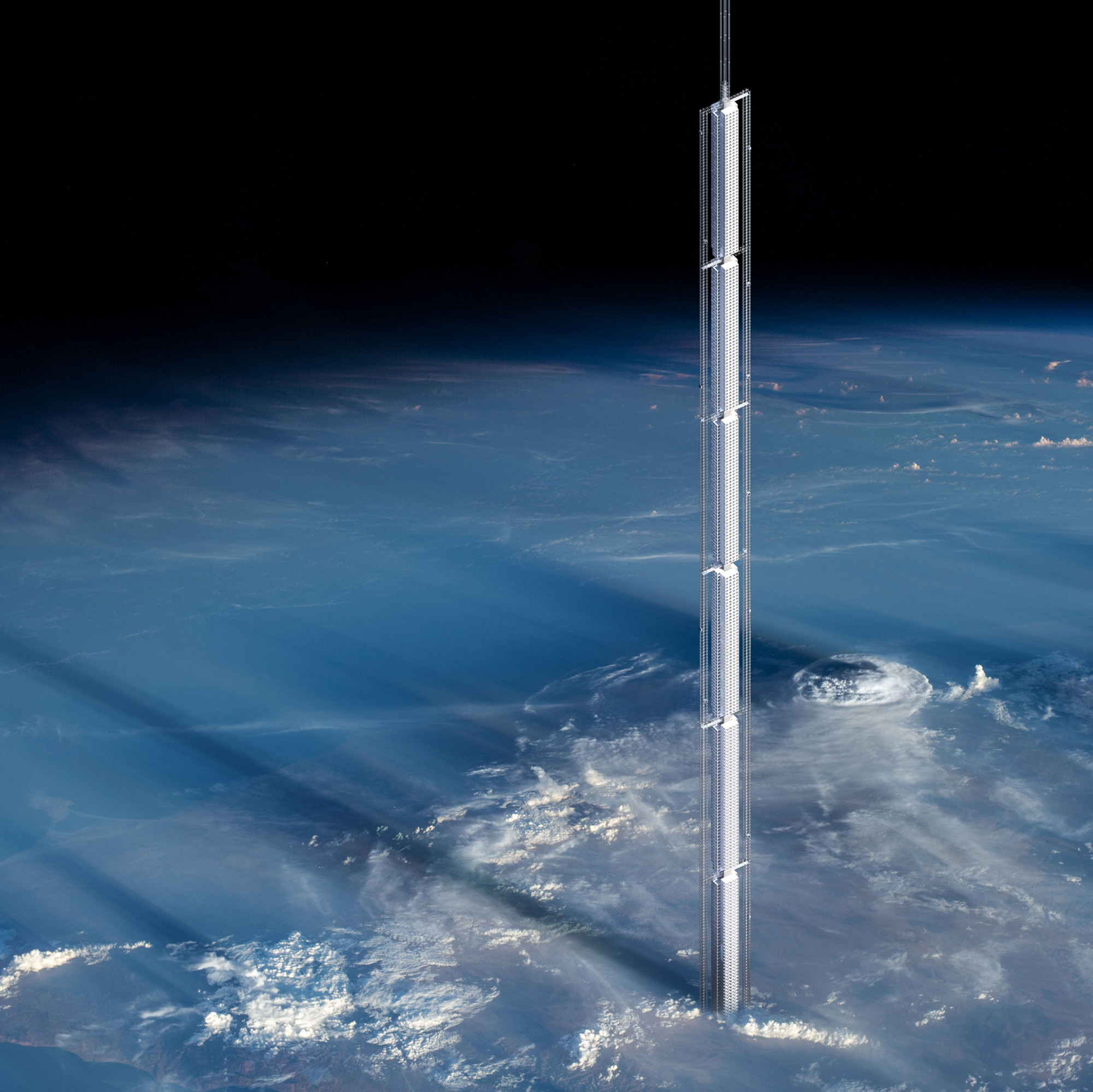
The Importance of an Analemma-Shaped Orbit
The orbit’s “ground trace”, its path across the Earth’s surface in both height and width, is not only visually striking but also purposefully designed. As the tower nears the northern and southern turning points of its trajectory, its movement slows, creating ideal transfer zones for asteroid hubs to dock or depart. By strategically locating one of these deceleration points above New York City, designers can propose entry hubs that require minimal relative motion for access.
In these conceptual designs, lower levels, housing shops, and residences are positioned closer to the surface for ease of use, while higher levels ascend into near-orbital altitudes, reserved for recreational or spiritual activities. Overnight stays become viable due to the tower’s sheer height, balancing the convenience of surface access with the serenity found at altitude.
Environmental and Technical Considerations
The designers of Cloud AO used atmospheric studies to examine the impact of altitude on pressure, temperature, light, and comfort levels of the occupants. The top part of the tower gets about 40 minutes of more natural light since the world is curved, and tens of thousands of meters of low temperatures and low pressures of about 40 °C would necessitate pressurized, suit-like conditions. Additionally, top floors have the same variations in temperature over time.
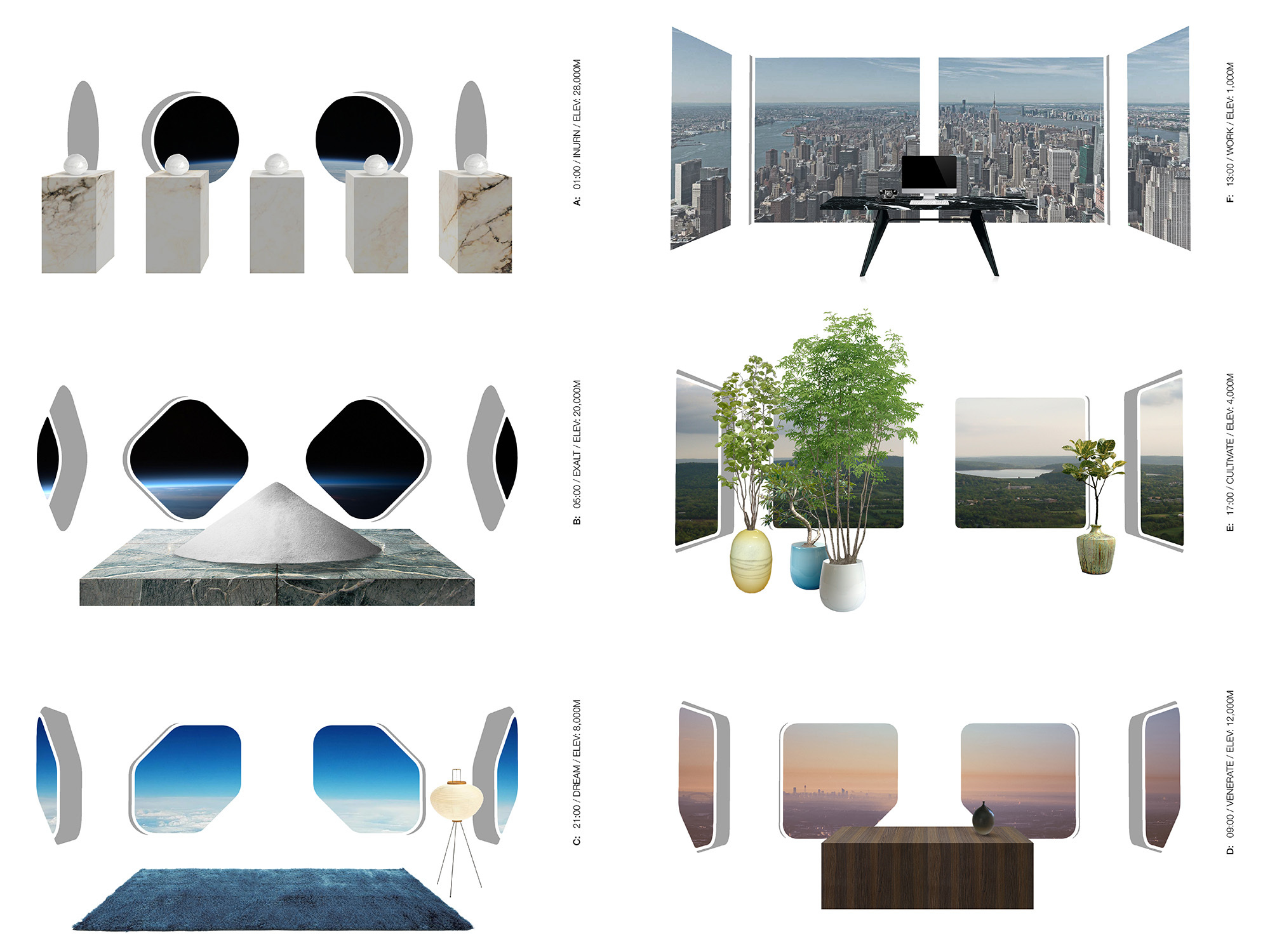
Vertical movement depends on sophisticated engineering technologies. Though limited to conventional cable-based lifts, innovative cableless electromagnetic lifts will likely glide effortlessly from extreme heights to ground level. Solar panels positioned above most of the Earth’s atmosphere enable the tower to generate high-energy outputs in even exposure, unhampered by atmospheric conditions. Closed-loop systems would regulate the water supply by recycling rainwater, condensation, and even cloud water.
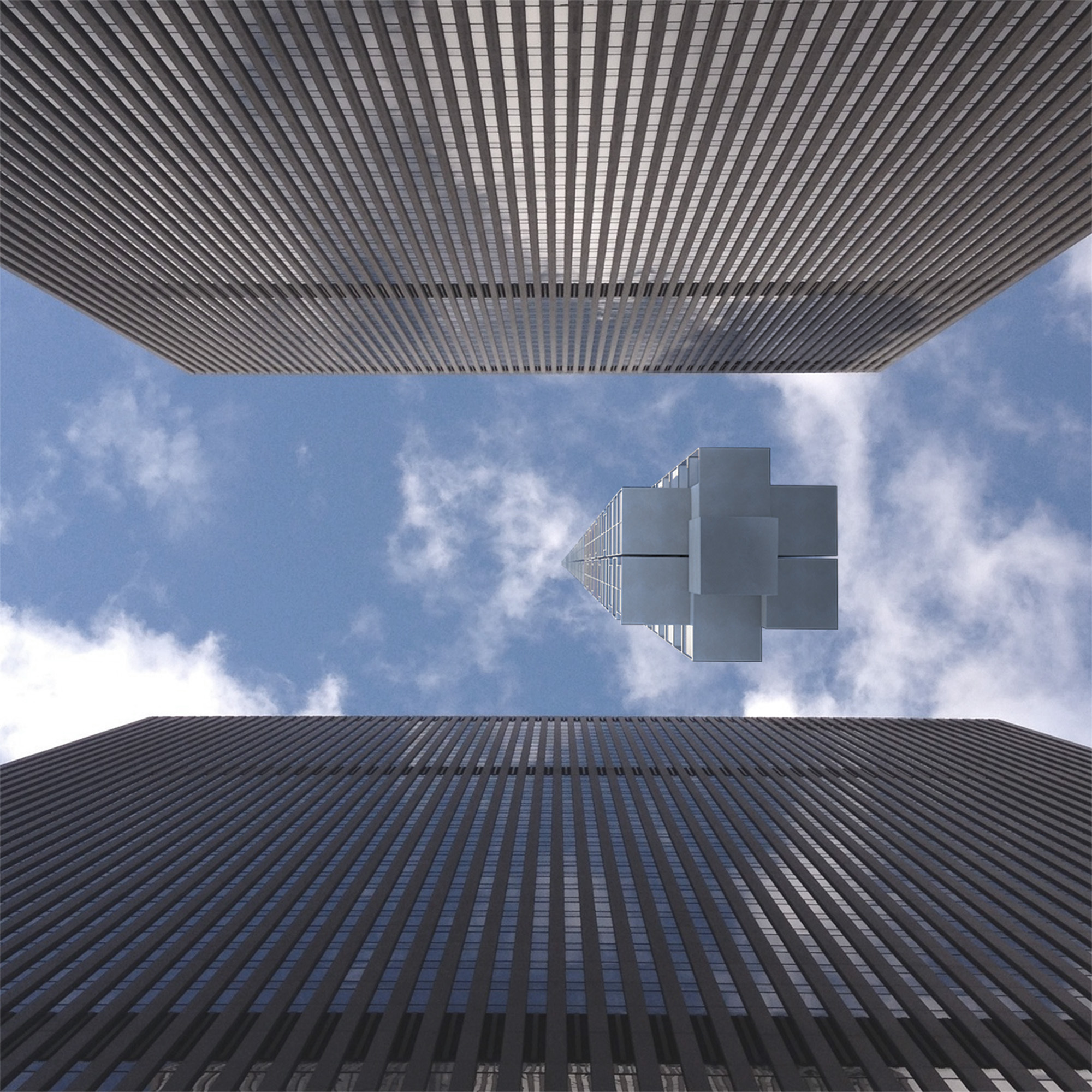
Feasibility of the Project
The concept’s feasibility is partly based on economics. Clouds AO contends that the cost per square foot to build in Dubai is one-fifth the cost of New York City. Thus, they envision constructing the tower over Dubai before transporting it to its asteroid anchor and then to global strategic positions.
Material science and material engineering play a vital role in building a cable as strong but light enough to hold 20,000 square meters of towers. This would need unprecedented progress in material science.
Accelerating asteroids to orbits and maintaining cable stability, whether with or without orbital perturbation, remains unknown to be accurate. The capability of humans to reside at different altitudes will require control of intense conditions such as vacuums and radiation.
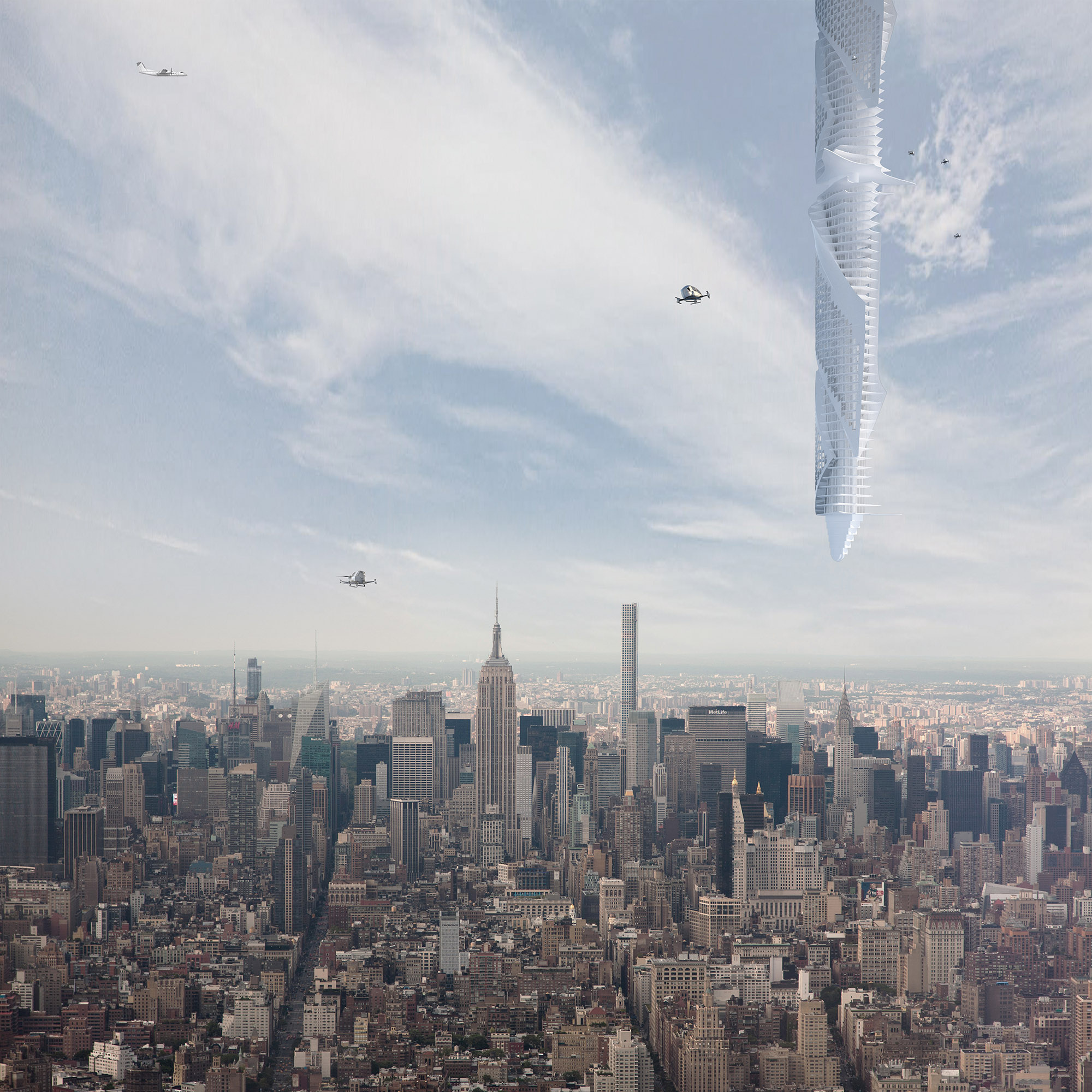
Architecture Beyond Blueprints
Analemma Tower’s meaning goes beyond blueprints and drawings, as it suggests architecture does not only exist in the skyline but can be extended to touch the orbit. It brings together celestial mechanics and architectural resilience, challenging us to find out more about the human creation’s intent.
The floating architectural concept defies all principles and looks straight out of a sci-fi movie, making this entire project extremely ambitious and will possibly redefine the architecture of the future.
Analemma Tower Project Details
Project Name: Analemma Tower
Architect: Clouds AO
Location: Dubai, UAE
Photography / Renders: © Cloud AO




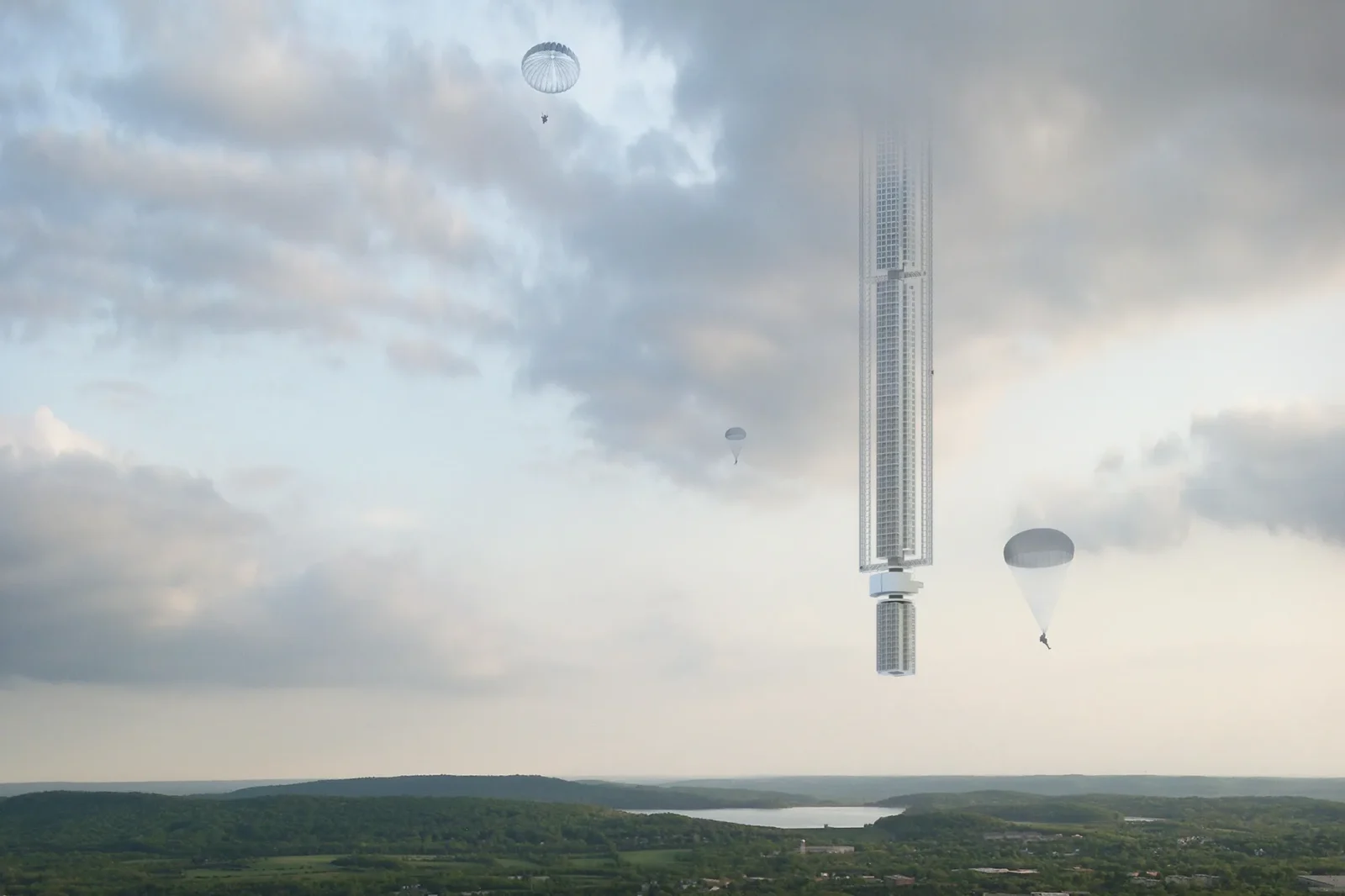



















Leave a comment